Why fitting a dropper post will change your mountain bike riding forever
The dropper post is not merely a desirable accessory but a vital component for improving your MTB confidence
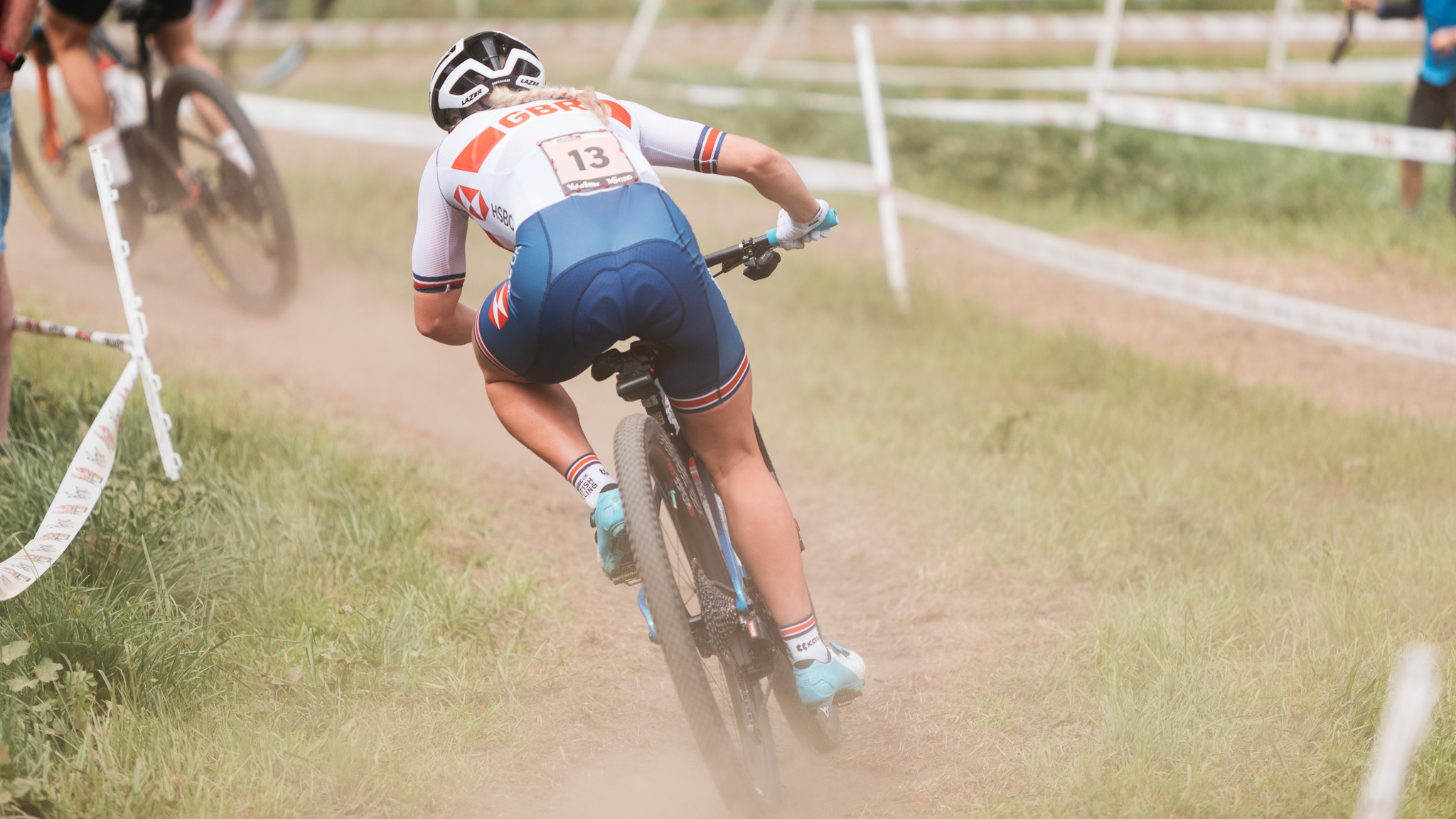
If you're new to mountain biking and looking to make a key upgrade to your bike, a dropper post should be the component at the top of your upgrade list. While having surged in MTB popularity following the launch of the RockShox Reverb in 2010, they have been around since the early 2000s with KS Suspension being one of the earliest companies to bring the dropper as we know it to market.
The best dropper posts are one of the biggest cycling innovations in the last few decades and have made riding all types of bikes easier, safer, and more efficient. If you’re curious about how they work, why they exist and why running one will improve your MTB riding experience and your overall riding efficiency, keep reading to get the lowdown on your soon to be new best friend.
The dropper post basics
A dropper post will get your saddle out of the way quickly for downhill and technical sections of the trail. As a replacement for a stock rigid seatpost, it will enhance your riding experience immediately, allowing for quick adjustments of saddle height to make your riding more comfortable without requiring you to get off your bike or even stop moving.
In itself, a dropper post won't make your bike faster in the same way upgrading the tires, wheels, or gears might. However, having control of the saddle height with a push of a button will allow you to be able to ride trails to the best of your ability, keeping the saddle out of the way on technical descents or raising it back up for seated climbs.
How do dropper posts work?
Most droppers work with a cable connection from the dropper post to a lever, which is typically located on the handlebar. There are increasing numbers of variants and methods of controlling your dropper on the market with electronic/wireless posts like the RockShox Reverb AXS Wireless or the non-wireless Reverb that uses a hydraulic hose to connect to the remote. The new BMC Autodrop system is one of the world’s first fully integrated, featherweight automatic dropper posts that uses pressurized air as its energy source, which is stored in a tank in the frame.
As manufacturers continue to develop their own innovative versions, there is plenty of choices to suit all wallets, with the more advanced options coming at a cost. The majority of droppers will be cabled and are similar to changing a gear on your bike. Pushing the lever pulls the cable, which allows the dropper post to move up or down. So when riding in a seated position, pushing the lever will drop the post all the way down and while standing, push the lever again and the dropper post will pop back up into your preset riding position. Pretty simple but extremely effective.
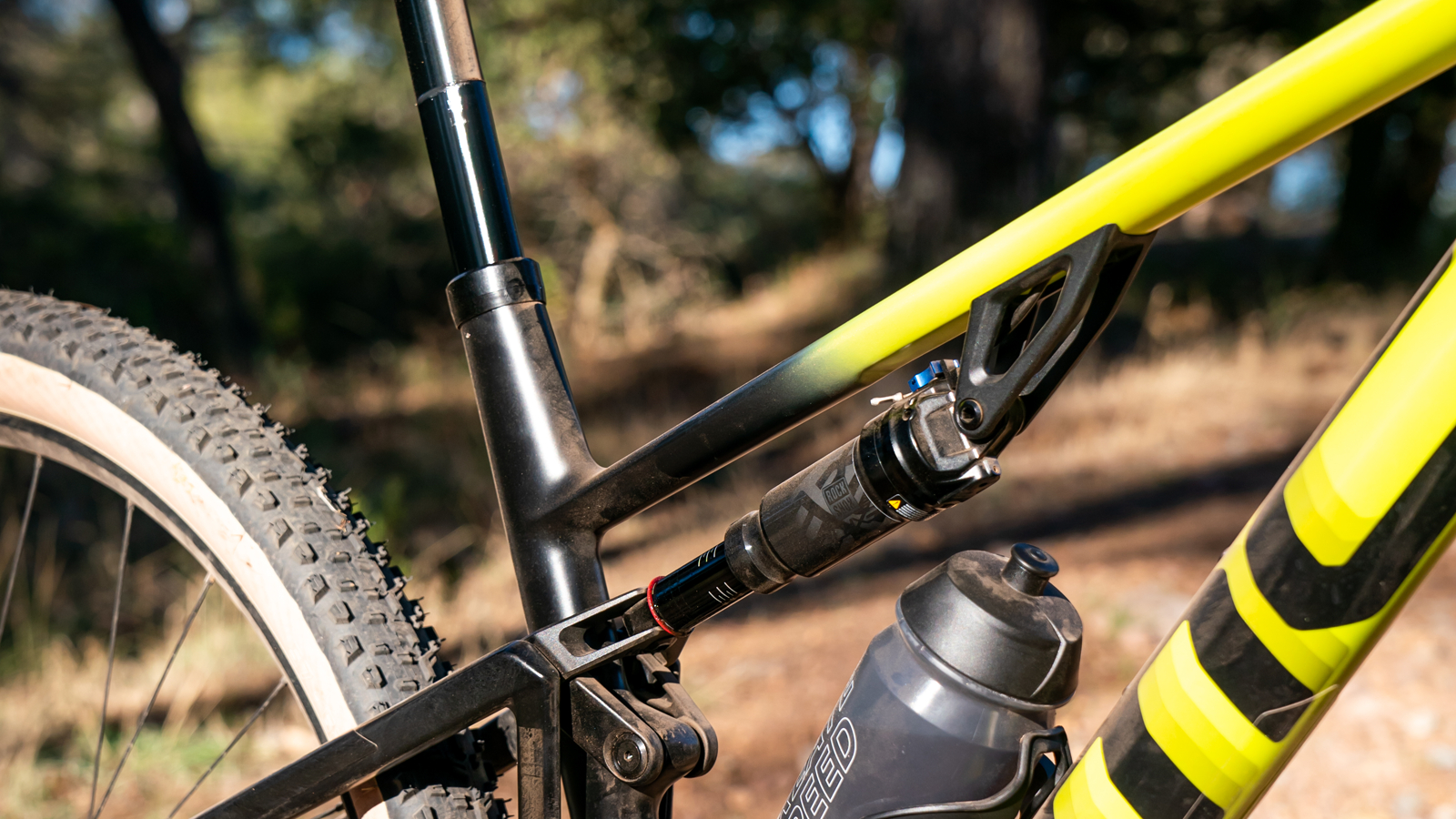
So what are the benefits of a dropper post?
A key benefit is riding safety, with the option of moving your saddle out of the way when approaching descents or obstacles, you’re able to be in the best riding position in order to handle upcoming variations in terrain without fear of your saddle launching you over the handlebars.
Dropper posts are also incredibly convenient. Having the option to adjust your saddle height on the fly means you no longer have to interrupt your ride and get off the bike to do so. Once you clamp your dropper post to your preferred climbing height, it will always return to that position at the push of a lever. A consistent saddle height for climbing or seated riding can also help you avoid aches and pains in your knees and back.
Even if you're a casual mountain biker and having a performance edge is not important, then you can probably do without one, but once you try one out, you’ll probably never go back. If you're a mountain bike commuter dropper posts can be super handy at traffic lights and crossings, stoplights, or in other situations where stopping is necessary. They allow you to simply drop the saddle and you can now put your foot down while remaining seated.
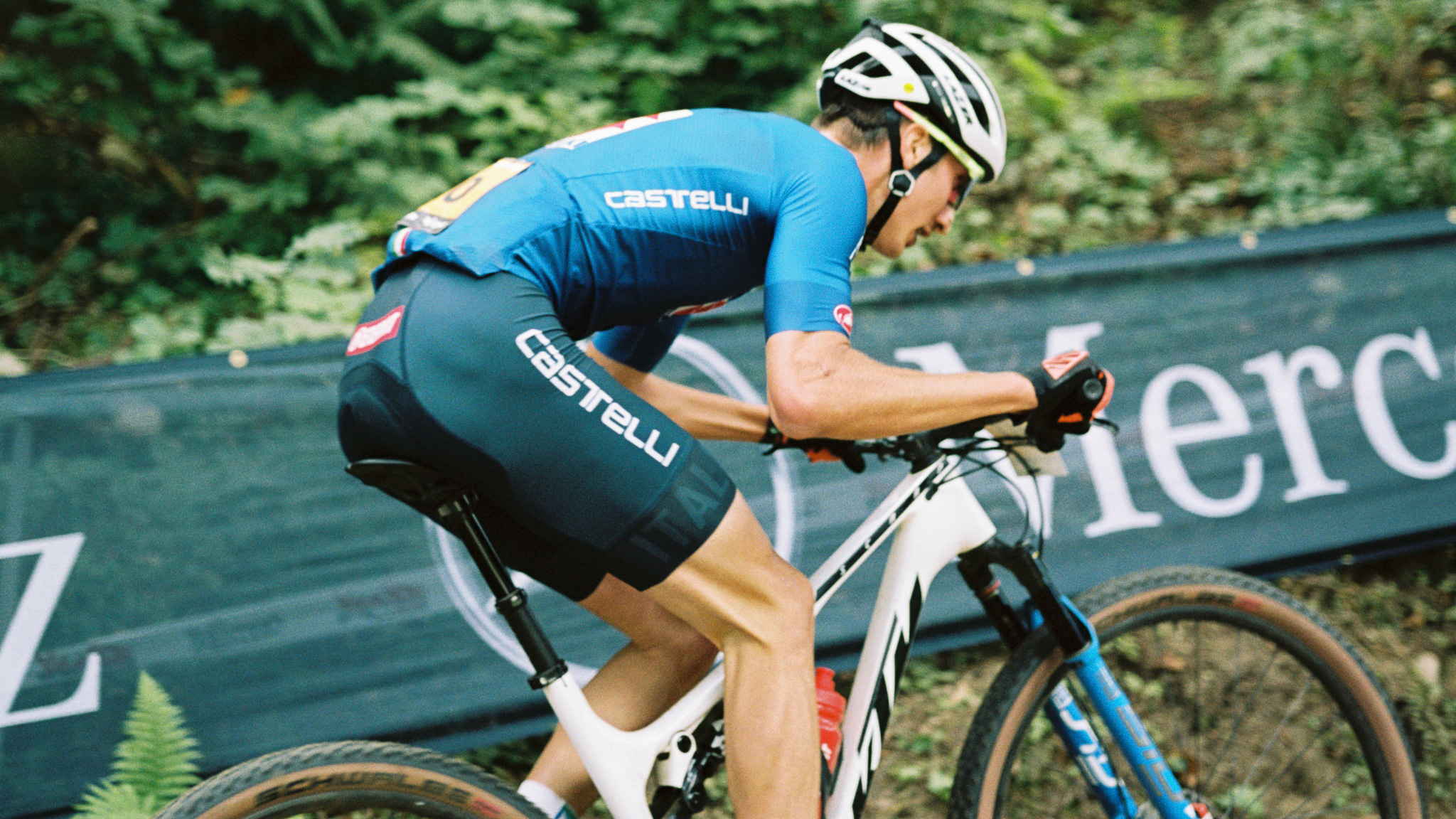
The technical details
For the purposes of this article, we will spare the extreme detailing that goes into manufacturing dropper posts, but there are a few terms that you should understand before shopping for one. Overall length, travel, and diameter are the most important considerations when choosing a dropper post as this will tell you what bikes and frame size it is compatible with.
Dropper posts are typically available in various travel lengths, which is the distance into the seatpost that the saddle can be lowered: 80mm, 100mm, 125mm, and so on.
To work out which length best fits your bike and needs, you'll need to know the maximum possible saddle travel for your bike. Measure from the base of the seatpost head to the seatpost collar, then subtract the height of your chosen dropper post's collar. XC riders tend to only require relatively short travel dropper posts, i.e. 80 to 100mm, but if you're bombing DH runs you'll want to get your saddle as low as you can.
Droppers come in models suitable for externally or internally routed cabling, though internally routed models (sometimes known as stealth) are much more common these days. Most modern frames will have internal dropper routing, it's still worth double checking though as an internally routed dropper cant be converted to be externally routed.
External or internal refers to how the dropper cable connects to its controlling lever on your handlebars. Externally routed cables attach to the base of the seatpost head or around the dropper's collar, while internally routed cables attach to the bottom of the seatpost for insertion into the bike frame's seat tube.
The remote or lever used to control the dropper post is mounted on the handlebars, close to the brakes for easy functioning. There are a few different ways to mount your lever. The most popular are vertical, horizontal above the bar, and horizontal below the bar.
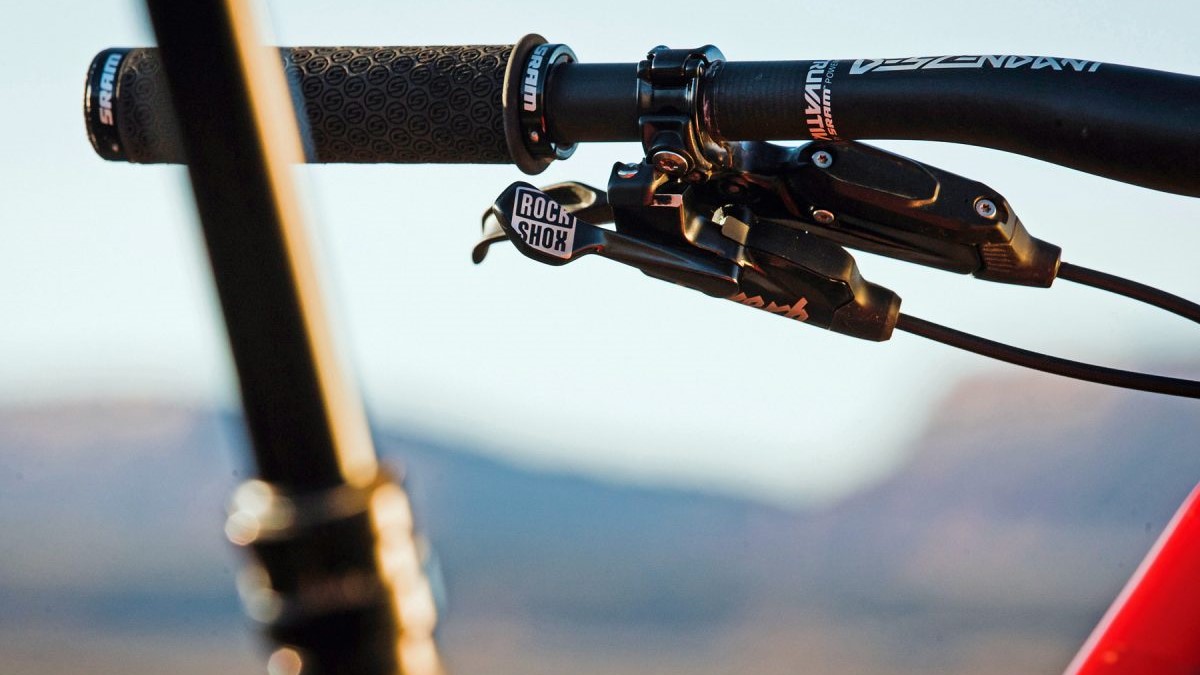
Are there any negatives to running a dropper post?
It's all positive reading so far but are there any real reasons to not have a dropper post? Not really would be my answer, apart from maybe the actual fitting itself and the additional servicing required.
Externally cabled or wireless droppers are obviously easier to install, while droppers with internal cable routing can be more fiddly to fit. Depending on your bike setup you'll need available cable ports, more than likely have to remove your bottom bracket, and there's generally a bit of faffing involved. Following the manufacturer’s instructions is always a good start and if you like to tinker with your bike then you'll maybe enjoy it although there's always the option of handing it to your local bike shop to do the job. Like your fork and shock, droppers need routine servicing to perform at their best.
Beyond the additional servicing costs, they can also be expensive to buy but there are plenty of budget dropper post options these days.
There was also an argument with original droppers that the added weight would hold you back, but the performance gains far out weight any weight disadvantage on all but the most weight-obsessed bikes.
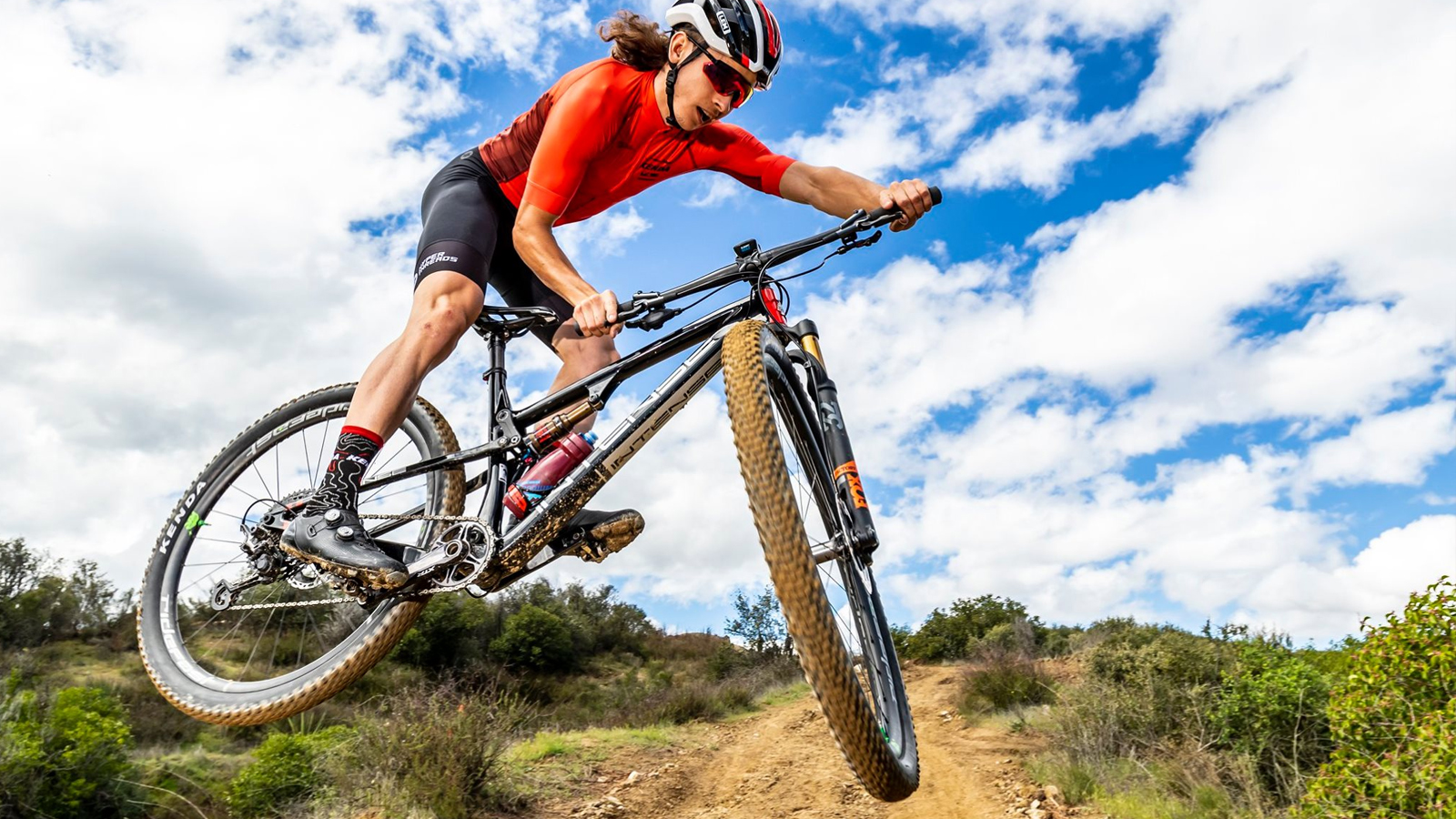
You'll soon start to worship this addition to your bike very quickly and your new best friend, Mr Dropper Post will change the way you ride forever. With better body positioning on descents and all-round safer riding, allowing you to transfer your weight around the bike without the fear of hooking yourself on the saddle or being jettisoned over the handlebars.
Along with the beauty of the technological advancements in dropper posts giving you on-the-go adjustability, allowing you to ride to maximum ability and even enhance your skills. In the modern MTB world, the dropper post is an essential addition to your bike's setup.
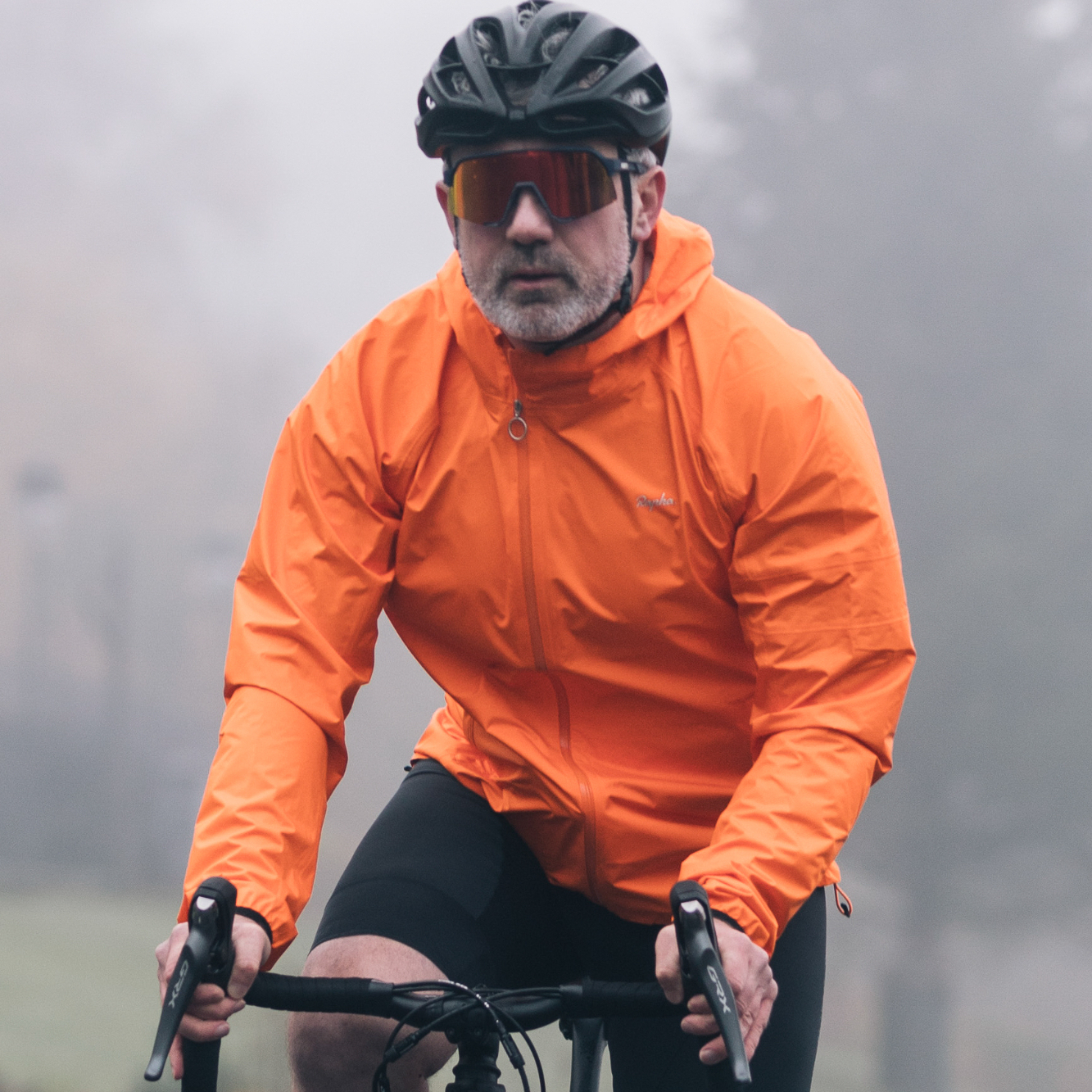
Paul Brett joined BikePerfect as a staff writer in 2022. He has been an avid cyclist for as long as he can remember, initially catching the mountain biking bug in the 1990s, and he raced mountain bikes for over a decade before injury cut short a glittering career. An award-winning photographer, when not riding a bike, he can be found at the side of a cyclocross track or a downhill mountain bike world championship shooting the action. Paul was the founder, editor and writer of Proper Cycling magazine, and he's traveled the world interviewing some of the biggest names in mountain biking and writing about some of the biggest cycling brands.
Current rides: Canyon Inflite, Specialized Diverge, Marin Alpine Trail 2
